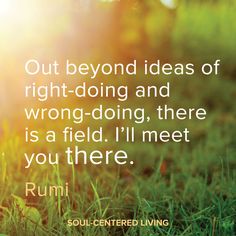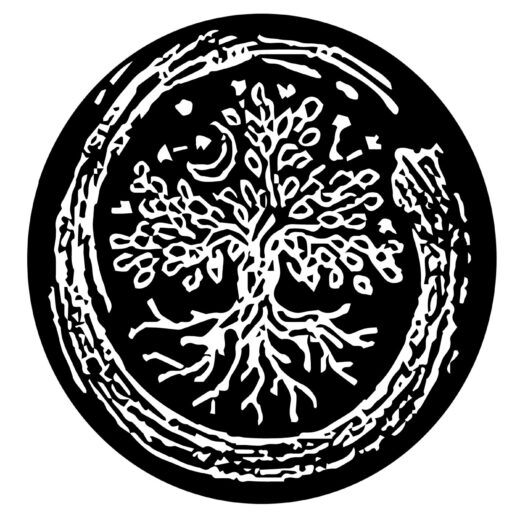
One of the foundational differences between Compassionate Dialogues and other philosophies/techniques is the concept of moving from a space of “We”. This space of We constellates around the idea of shared meaning. An early contributor to dialogue, David Bohm, describes dialogue and shared meaning the following way:
“Dialogue comes from the Greek word dialogos. Logos means ‘the word’ or in our case we would think of the ‘meaning of the word’. And dia means ‘through’ – it doesn’t mean two. A dialogue can be among any number of people, not just two. Even one person can have a sense of dialogue within himself, if the spirit of the dialogue is present. The picture of image that this derivation suggests is of a stream of meaning flowing among and through us and between us. This will make possible a flow of meaning in the whole group, out of which will emerge some new understanding. It’s something new, which may not have been in the starting point at all. It’s something creative. And this shared meaning is the ‘glue’ or ‘cement’ that holds people and societies together.”
Building on this, we also acknowledge that the space of WE has emotional components, or a literal “feeling” to it. Compassionate Dialogue begins when curiosity is felt and shared by all members. This is a childlike wonder-type curiosity. A curiosity laden with awe, and joy, not the discerning knife like critical thinking that questioning often comes from through mainstream critical thinking exercises. Although it is a bit challenging to quantify or describe the “We“space (after all, the Tao that is spoken is not the Tao – see Tao Te Ching).

“There is a field where we are always meeting”
Once the “We” is felt, participants may begin interacting from what wants to be expressed, which is a curious phenomenon to experience and is quite different than the expression from an ego un-aligned to the “We”. You might think of it as speaking from wise-mind in the yogic tradition, from a place of deep calm and joy.
The WE within yourself is typically characterized by sharing from a “Healing-Self” Body/Mind/Heart and higher. Where you are in exhilarated calm (parasympathetic nervous system), body is relaxed, breathing expansive, feeling of lightness. You are also brightly curious (not just questioned to get your point across). You have access to” knowingness” and are thinking from an embodied space (also know as thoughting)…you can feel your breath and heart beating and body on the earth while pontificating. It is moving and sharing while accessing your “center”, moving from the center of the wheel.
The process feels inspiring, nourishing and replenishing if it is a mutual dialogue. Usually feels like the most fun thing you can be doing, time often feels like it is moving more slowly or quickly.
There are seven (so far) guideposts for what it feels like to be in a state of “WE”:
- Joyful
- Playful
- Additive
- Childlike-elegance
- Inspiring
- Nourishing
- Replenishing
How Do you Know if you are Speaking from a Space of We?
When speaking from the “We”, a Compassionate Dialogue member calibrates after each expression by feeling if the expression was additive and elegant. This check is unnoticeably quick, occurring within the bridged reptilian/mammalian brain. The additional cognitive check of the primate’s brain, which is 300ms slower, is not necessary. Both relying on the reptilian/mammalian brain for the signal and only having something useful to add in the case of a sensed misalignment, which happens more-so in the beginning stages of a member adapting to the field awareness of the “We”.
What About When the Group is Not in the “We”?
Prior to this point, there are many stages of verbal and non-verbal practice that lead up to Compassionate Dialogue, such as expressing parts in terms of resonance/dissonance. There is much education on how to prepare a group for interacting from the “We”. This preparatory practice seems to last until the participant is able to exist in a centered space of vibrancy at least 85% of the time of their daily lives, including their work-life, home-life, and relating throughout the day. Until we can move from a space of “We” and have dialogue from the center of the wheel, we are engaging in something more generally known as conscious compassionate communication. Which is a deeply beautiful practice unto itself.
The journey of a thousand miles begins with one step, as we practice stepping more consciously into this new way of being with each other, we gain more confidence with each step. Our experience blossoms as we move, and grows with each practice. Many blessings to you on your journey, may your way be guided by blossoms of many new learnings and experiences.

